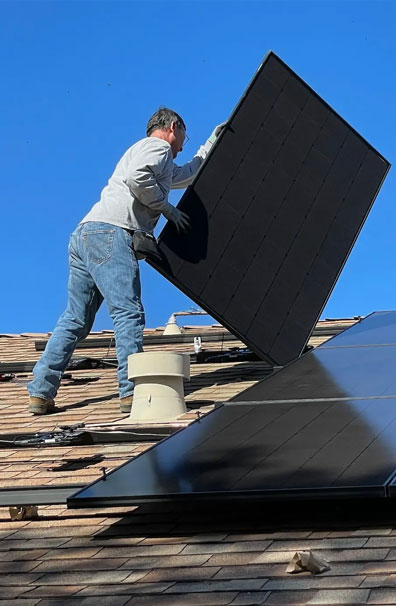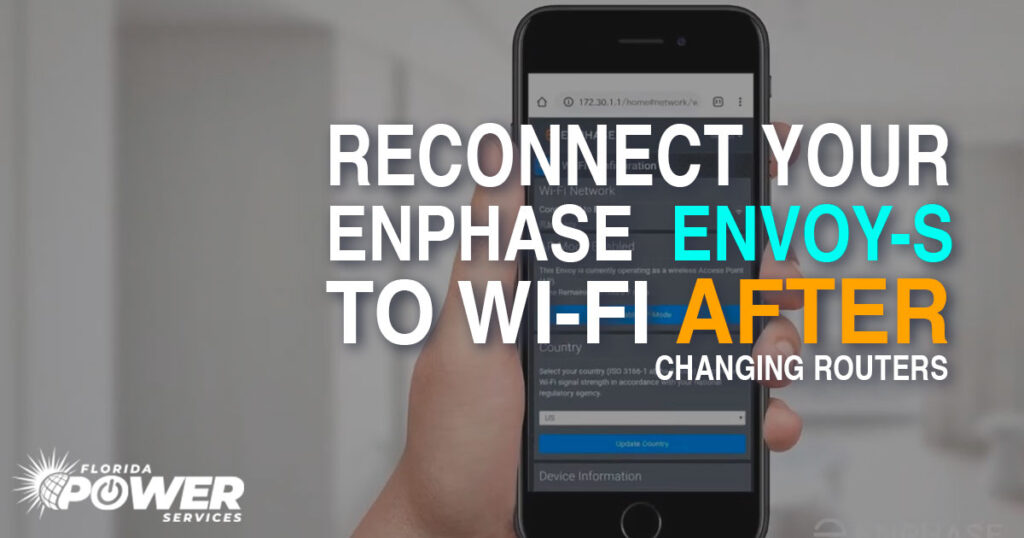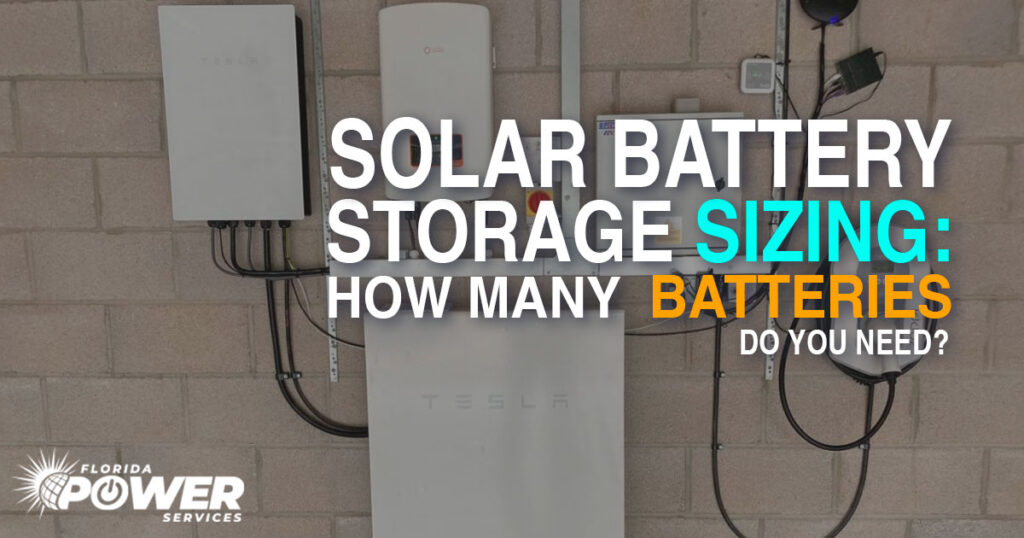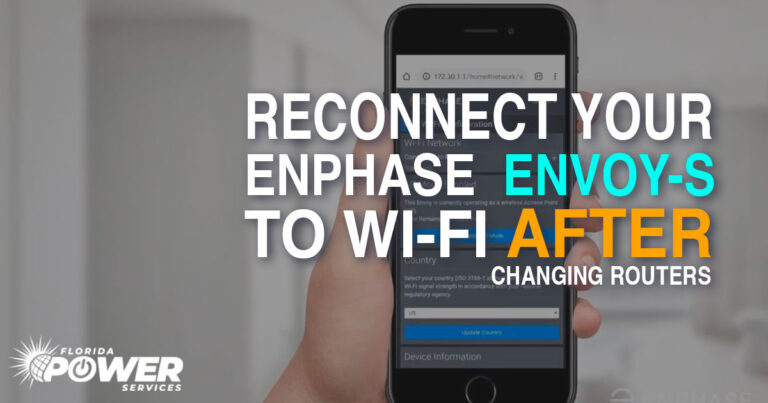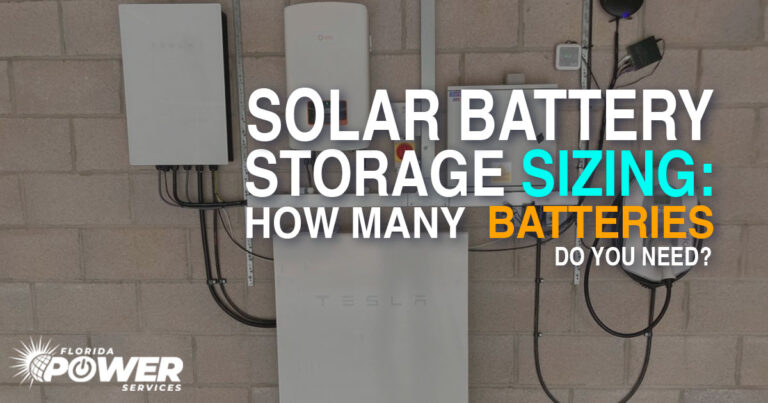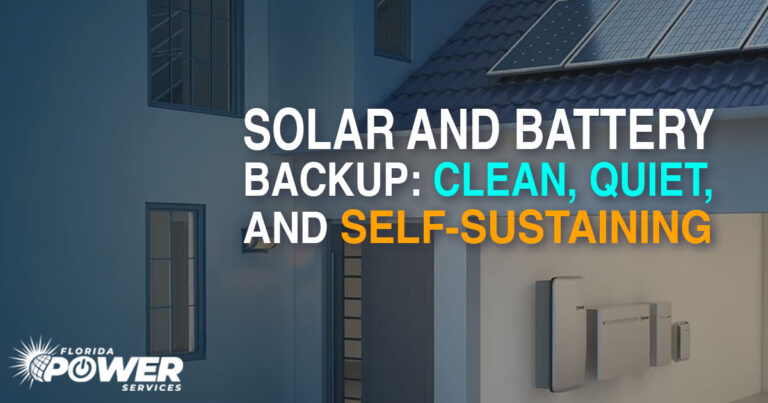Solar Panel Removal / Solar Panel Reinstallation
Solar Panel Removal / Solar Panel Reinstallation for Roof Repairs in Florida
Welcome to Florida, the sunshine state, where solar panels are a staple on many rooftops. Due to the amount of tropical storms, the need for roof repairs can arise, challenging homeowners with solar installations. This situation calls for the careful removal and reinstallation of solar panels, a process requiring precision and expertise. It’s not just about dismantling and reassembling; it’s a nuanced operation to protect your solar investment and roof integrity. As Florida residents face this task, understanding the process, potential risks, and best practices becomes essential. This guide offers insights into the efficient handling of solar panels during roof repairs, ensuring your home remains both powered and structurally sound. Let’s delve into the world of solar panel removal and reinstallation, tailored for the unique climate and needs of Florida homeowners.
The Need for Expertise in Solar Panel Removal
Roof repairs under solar panels demand a high level of expertise. Removing these energy-generating fixtures is not a mere DIY task. It calls for a nuanced understanding of solar technology and roofing structures. This expertise ensures the solar panels are removed without damaging their delicate components or compromising the roof’s integrity. Florida Power Services “The Solar Company” adepts in this field and employs precise techniques to disconnect and dismount the panels, safeguarding their functionality for future use. Our knowledge extends to navigating electrical systems and maintaining safety standards throughout the process. Homeowners seeking to protect their investment in solar energy must turn to skilled technicians. This approach not only preserves the condition of the solar panels but also guarantees a smooth transition back to energy efficiency once the roof repairs are complete.
Step-by-Step Guide to Safe Removal
Handling and Storage Best Practices
Handling and storing solar panels during roof repairs in Florida requires careful attention to detail. Once removed, it’s crucial to handle the panels with care to prevent any physical damage. Use soft gloves to avoid scratching the surface and ensure that each panel is lifted and moved gently. When it comes to storage, select a location that is dry, shaded, and free from potential hazards. Avoid placing panels in areas prone to moisture or extreme temperature fluctuations, as these conditions can affect their efficiency and longevity. Ensure the storage space is stable and secure, with enough room to prevent the panels from leaning against each other or any hard surfaces. Covering the panels with a soft, breathable material can offer additional protection against dust and debris. By adhering to these best practices, the panels will remain in optimal condition, ready for reinstallation once the roof repairs are completed.
Solar Panel Removal / Solar Panel Reinstallation for Roof Repairs in Florida Cost?
To remove and install your solar panels on your roof our prices start at $175 per panel* minimum of 10 panels.
*We don’t replace roofs, we only take the panels down and reinstall them.
Assessing and Preparing Your Roof
Before reattaching solar panels, a thorough assessment and preparation of your roof is essential. Start by inspecting the roof for damages like cracks, leaks, or structural weaknesses. Pay special attention to areas under the solar panels, as these spots can be prone to unnoticed wear and tear. If any issues are detected, address them promptly to ensure the roof’s integrity. Next, prepare the surface for reinstallation. This involves cleaning the area, removing debris, and ensuring the roofing material is in good condition. It’s also important to check that the roof can still support the weight of the solar panels. If necessary, consider reinforcing the roof or upgrading the mounting system to accommodate the panels securely. Proper preparation not only facilitates a smoother reinstallation process but also helps extend the life of both the solar panels and the roof.
The Art of Reinstallation
Reinstalling solar panels in Florida is a task that blends precision with technical expertise. The process begins by positioning the panels back onto the roof with careful alignment to their original layout. This ensures optimal sun exposure and energy efficiency. Securely fasten each panel to the mounting system, double-checking for stability and proper angling. Reconnect the electrical components with meticulous attention, ensuring all connections are tight and correctly configured. This step is crucial for the safe and efficient operation of the solar system. Finally, perform a comprehensive inspection of the installation. Verify that the panels are firmly attached, the wiring is safe, and there are no obstructions to sunlight. A successful reinstallation not only revives your solar power system but also maintains the structural integrity of your roof, guaranteeing a seamless transition back to renewable energy usage.
Navigating Challenges and Compliance
Homeowners in Florida face several challenges when removing and reinstalling solar panels for roof repairs. Firstly, adhering to local building codes and regulations is crucial. Obtain necessary permits and ensure that your project complies with state and municipal requirements. Working with certified professionals who understand these regulations can streamline this process.
Secondly, coordinating between roofing and solar technicians is vital for a seamless operation. Effective communication ensures that both teams are aligned on timelines and procedures, minimizing disruptions.
Additionally, homeowners must be prepared for unexpected issues, such as discovering hidden roof damage or needing to update the solar mounting system. Having a contingency plan and budget for these scenarios can alleviate stress.
Lastly, consider the impact of downtime on your solar energy production. Plan the project during periods of lower energy usage if possible, and explore temporary power solutions to minimize inconvenience. Navigating these challenges with foresight and preparation ensures a smooth and compliant solar panel removal and reinstallation process.
Cost and Longevity Considerations
When undertaking solar panel removal and reinstallation in Florida for roof repairs, cost and longevity are key considerations. First, evaluate the financial aspects of the process. This includes the cost of professional services for both removal and reinstallation, potential roof repair expenses, and any required system upgrades. It’s important to obtain detailed quotes and consider long-term savings versus immediate expenditures.
In terms of longevity, the focus should be on preserving the lifespan of both the solar panels and the roof. Quality workmanship during removal and reinstallation can prevent damage to the panels, ensuring they continue to function efficiently for years to come. Similarly, thorough roof repairs and proper preparation can extend the roof’s durability, avoiding future issues.
Investing in these processes not only protects your immediate investment but also contributes to sustained energy savings and reduced maintenance costs over time. Careful planning and consideration of both cost and longevity aspects will yield the best outcomes for your solar energy system and home.
With perks such as Federal Tax Credits and net metering, Florida offers some of the best solar energy incentives for homeowners who want to own a residential solar power system.
Health Check and System Optimization
Post-reinstallation, conducting a health check and optimizing your solar system is crucial for ensuring its peak performance in Florida. Begin by inspecting the solar panels for any signs of damage or misalignment that might have occurred during the reinstallation process. Check the connections and wiring to ensure everything is secure and functioning correctly.
Next, test the system’s performance. Monitor the energy output to verify that it matches pre-removal levels. This may involve using monitoring software or consulting with a solar technician. If the output is lower than expected, troubleshoot potential issues like shading, dirty panels, or faulty connections.
Regular maintenance is also key to system optimization. Clean the panels periodically to remove dust and debris, and inspect the system for wear and tear. Keeping your solar panels well-maintained not only maximizes their efficiency but also extends their lifespan, ensuring you reap the benefits of solar energy for years to come.
In terms of longevity, the focus should be on preserving the lifespan of both the solar panels and the roof. Quality workmanship during removal and reinstallation can prevent damage to the panels, ensuring they continue to function efficiently for years to come. Similarly, thorough roof repairs and proper preparation can extend the roof’s durability, avoiding future issues.
Investing in these processes not only protects your immediate investment but also contributes to sustained energy savings and reduced maintenance costs over time. Careful planning and consideration of both cost and longevity aspects will yield the best outcomes for your solar energy system and home.
With perks such as Federal Tax Credits and net metering, Florida offers some of the best solar energy incentives for homeowners who want to own a residential solar power system.
Future-Proofing Your Solar Investment
To safeguard your solar investment in Florida against future challenges, consider several proactive measures. First, regular maintenance is paramount. Schedule periodic inspections and cleanings to ensure your solar panels operate at peak efficiency. This helps in identifying potential issues early, preventing costly repairs down the line.
Second, stay informed about technological advancements in solar energy. Upgrading components like inverters or adding battery storage can enhance your system’s performance and resilience.
Third, consider the impact of environmental factors. In Florida’s hurricane-prone climate, investing in durable mounting systems and impact-resistant panels can offer added protection.
Finally, establish a good relationship with a reputable solar service provider. Their expertise and advice can be invaluable in keeping your system up-to-date and functioning optimally.
By taking these steps, you not only maximize the efficiency and lifespan of your solar setup but also ensure it remains a valuable asset for years to come.
Next, test the system’s performance. Monitor the energy output to verify that it matches pre-removal levels. This may involve using monitoring software or consulting with a solar technician. If the output is lower than expected, troubleshoot potential issues like shading, dirty panels, or faulty connections.
Regular maintenance is also key to system optimization. Clean the panels periodically to remove dust and debris, and inspect the system for wear and tear. Keeping your solar panels well-maintained not only maximizes their efficiency but also extends their lifespan, ensuring you reap the benefits of solar energy for years to come.
In terms of longevity, the focus should be on preserving the lifespan of both the solar panels and the roof. Quality workmanship during removal and reinstallation can prevent damage to the panels, ensuring they continue to function efficiently for years to come. Similarly, thorough roof repairs and proper preparation can extend the roof’s durability, avoiding future issues.
Investing in these processes not only protects your immediate investment but also contributes to sustained energy savings and reduced maintenance costs over time. Careful planning and consideration of both cost and longevity aspects will yield the best outcomes for your solar energy system and home.
With perks such as Federal Tax Credits and net metering, Florida offers some of the best solar energy incentives for homeowners who want to own a residential solar power system.
Why is Solar Panel Removal / Solar Panel Reinstallation for Roof Repairs in Florida so Important?
The process of solar panel removal and reinstallation for roof repairs in Florida is a critical undertaking for homeowners with solar investments. It demands meticulous planning, expertise, and adherence to safety and regulatory standards. By engaging skilled professionals, homeowners can navigate this process smoothly, ensuring that both the solar panels and the roof are handled with the utmost care. The long-term benefits of this approach are significant, including sustained energy efficiency, prolonged lifespan of the solar system, and maintained structural integrity of the roof. This careful balance between immediate repair needs and future-proofing the solar investment is key to harnessing solar energy’s full potential. Homeowners can rest assured that with the right approach, their solar panels will continue to be a reliable and eco-friendly power source for years to come.
FAQs About Solar Panel Removal / Solar Panel Reinstallation for Roof Repairs in Florida
Improper removal can lead to panel damage, safety hazards, and decreased efficiency. It’s important to handle the panels with care and follow proper procedures to avoid these risks.
The timeline varies based on system size and complexity, but it generally takes a few days to a week. Planning and coordination with professionals can help streamline the process.
Due to the technical and safety complexities involved, it’s highly recommended to use professional services. Professionals have the necessary expertise and equipment to handle the task efficiently and safely.
Store them in a secure, shaded, and dry area to prevent damage. Ensure they are properly protected from environmental elements and physical harm.
Conduct a thorough system health check, including monitoring energy output and inspecting for any visible damage or misalignment. Consider a professional inspection for a comprehensive assessment.
Choose a location that is dry, shaded, and free from potential hazards. Ensure the space is stable and secure, with enough room to prevent the panels from leaning against each other or any hard surfaces.
Yes, use soft gloves to avoid scratching the surface and lift and move each panel gently. Avoid applying pressure on the panels or dropping them.
Plan the project during periods of lower energy usage if possible and consider temporary power solutions. Effective coordination with professionals can also help reduce downtime.
Proper handling preserves panel efficiency and extends their lifespan. It also ensures the continued structural integrity of your roof, leading to long-term energy savings and reduced maintenance costs.

